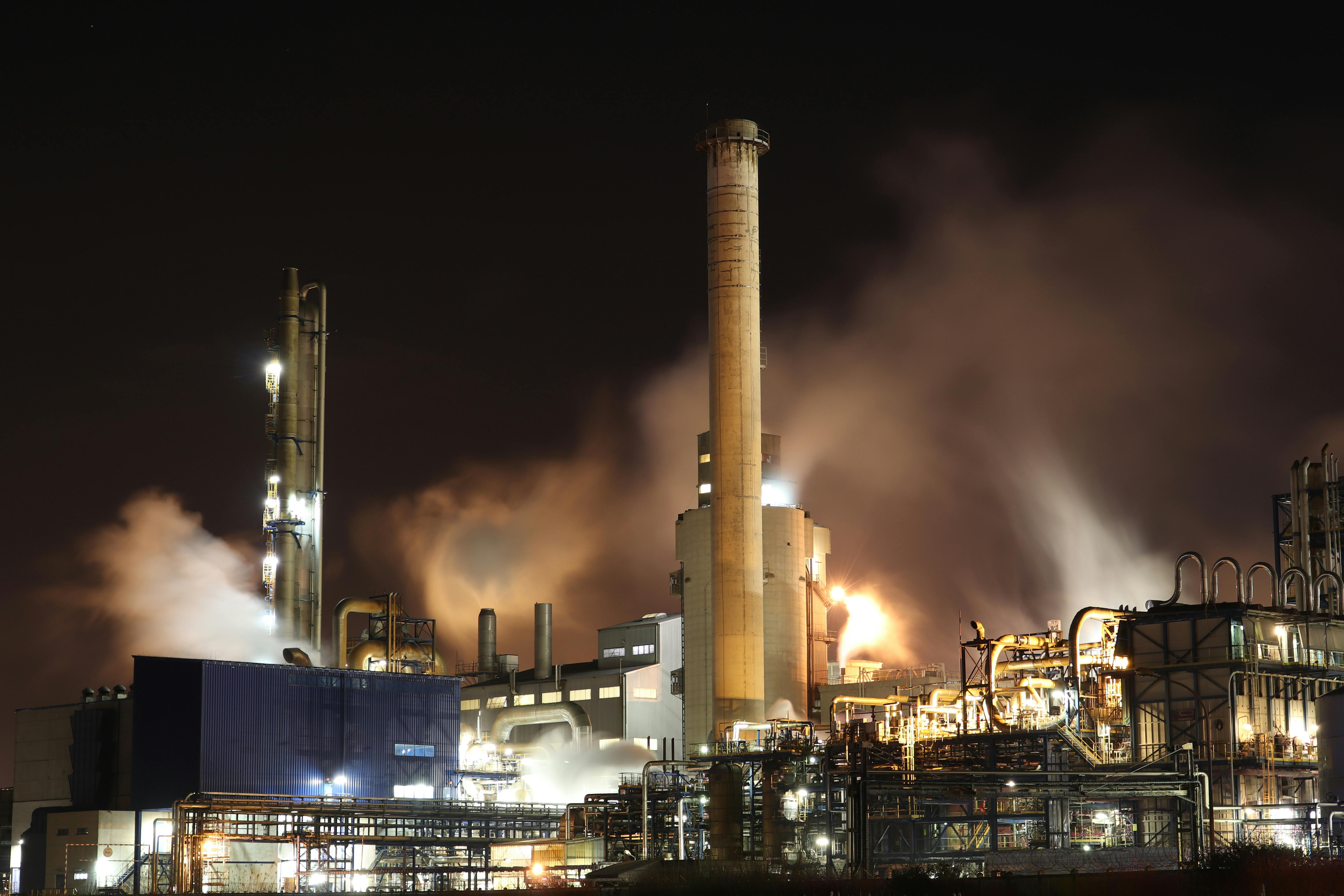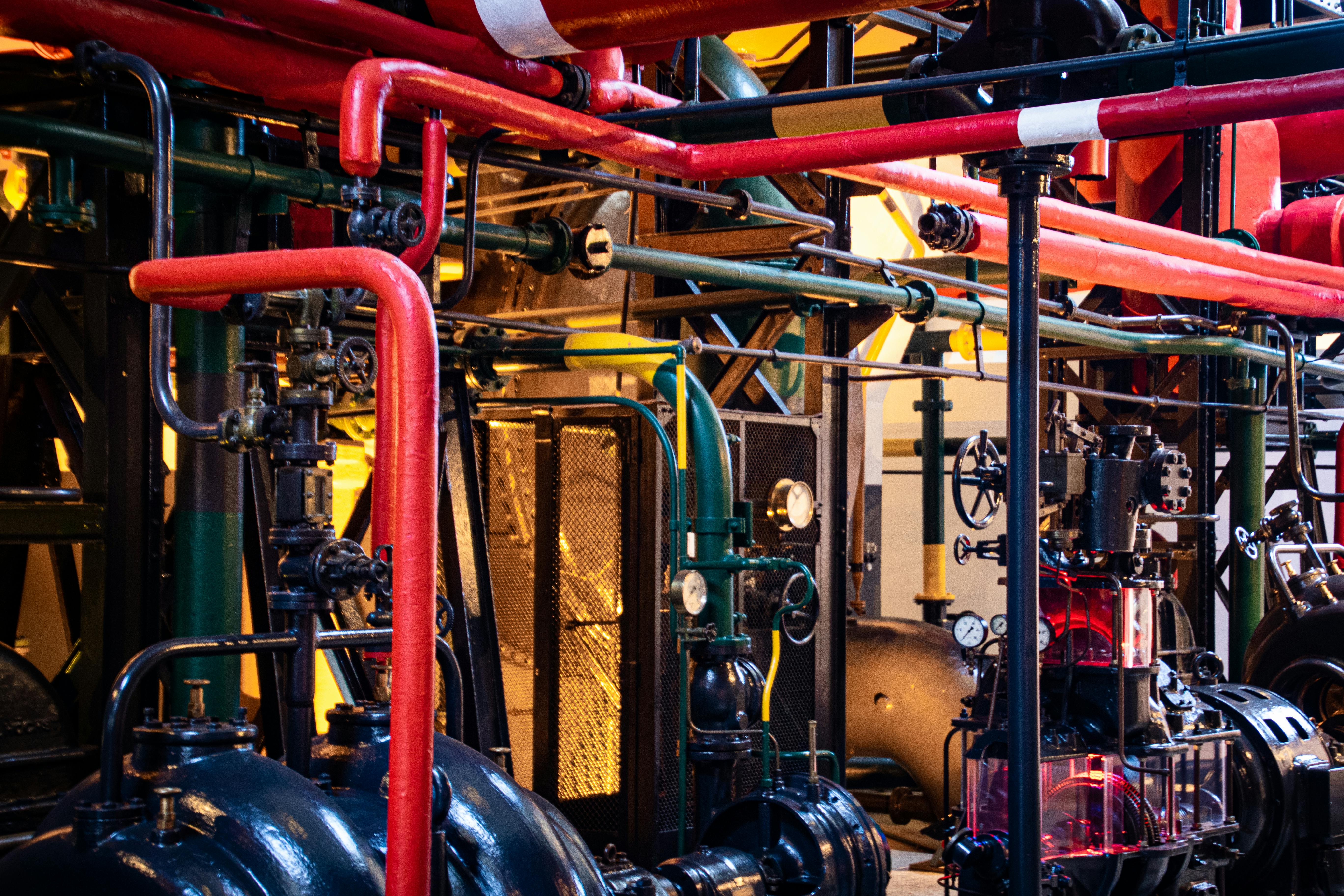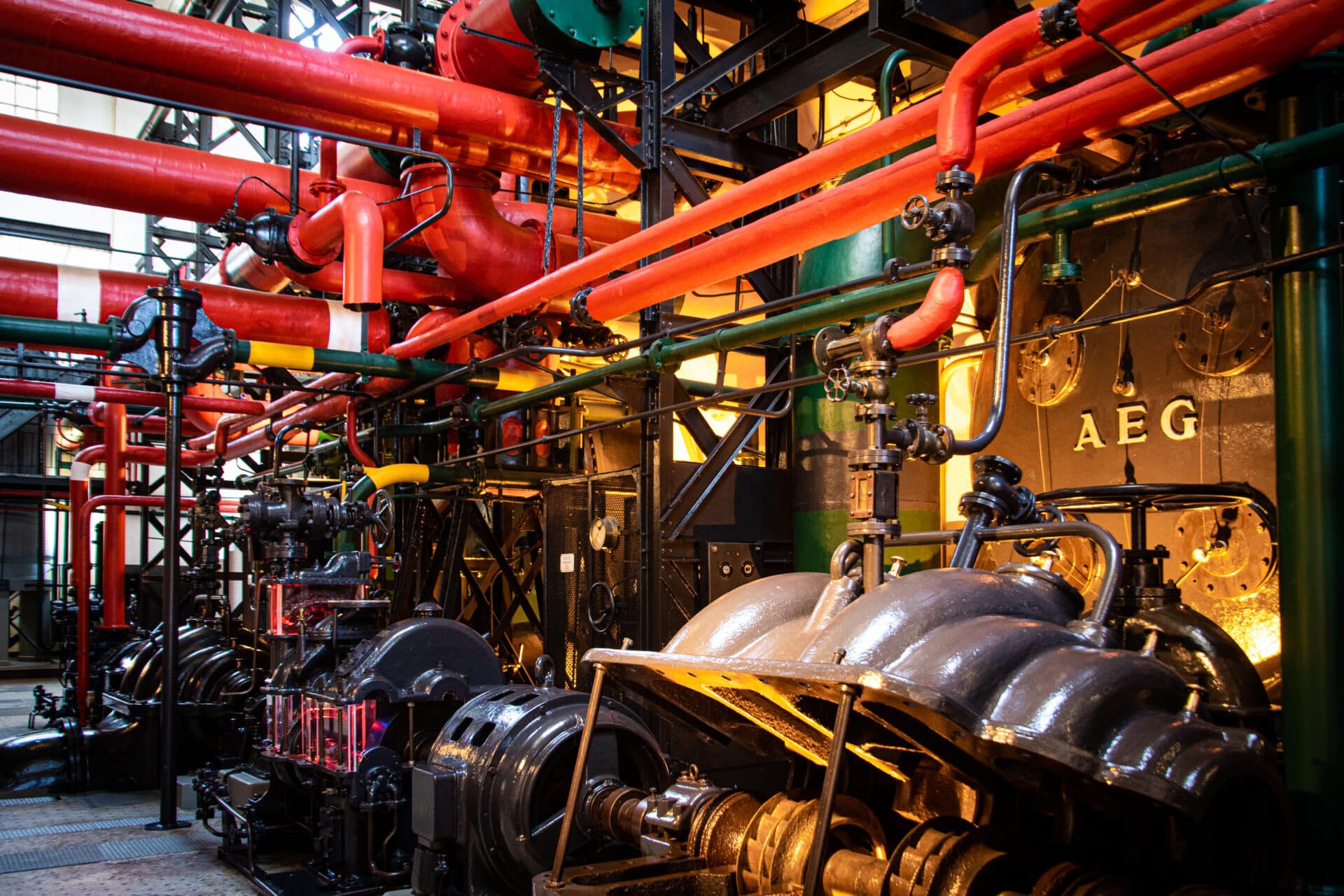Petroleum distillates are a broad class of products derived from crude oil or natural gas. They include a wide range of products such as motor fuels, lubricants, and fuel oils. Petroleum distillates are produced through the process of fractional distillation, which separates crude oil into different components based on their boiling points. The distillate fractions are further processed to produce products such as gasoline and diesel fuel. Petroleum distillates are used in numerous applications including transportation, industrial production and home heating.Petroleum distillates are a group of hydrocarbon products derived from the refining of crude oil. They are typically composed of components such as benzene, toluene, xylene, light naphtha, and kerosene. These products are often used as solvents and fuels, and can be found in a wide variety of applications ranging from motor vehicle fuel to industrial lubricants.
Petroleum Distillates
Petroleum distillates are a group of liquid hydrocarbons that are produced by the fractional distillation and hydrocarbon cracking of petroleum. These products are used in a variety of applications, ranging from fuel and lubricating oils to solvents and waxes. Petroleum distillates have a wide range of properties, which makes them useful for many industrial and commercial purposes. Some of the most common characteristics of petroleum distillates include their boiling point, specific gravity, viscosity, flash point, pour point, and Reid vapor pressure.
The boiling point of petroleum distillates is an important parameter for determining their suitability for various applications. Generally speaking, the higher the boiling point, the more suitable the distillate is for certain uses. The boiling point also affects other physical properties such as viscosity and flash point. The specific gravity of petroleum distillates is another important parameter that determines its suitability for certain uses. This property is affected by both its molecular weight and its chemical composition.
Viscosity is another important property of petroleum distillates which affects their suitability for certain applications. Viscosity is a measure of a fluid’s resistance to flow under pressure or shear forces. Generally speaking, higher viscosity indicates lower fluid mobility at low temperature while lower viscosity indicates higher fluid mobility at high temperature. The flash point of a petroleum distillate is the temperature at which it gives off vapor or ignites when exposed to an open flame or spark source. This property affects its suitability as fuel or solvent in many cases.
The pour point of petroleum distillates indicates the lowest temperature at which they remain fluid instead of solidifying or waxing up due to wax crystallization in the oil phase. This property has implications in cold weather operations such as fueling or lubrication operations where thickened oils can cause problems with equipment operation. Finally, Reid vapor pressure (RVP) measures volatility in terms of vapor pressure generated by a volatile liquid at 100 degrees Fahrenheit (37 degrees Celsius). Higher RVPs indicate more volatile liquids while lower RVPs indicate less volatile liquids; this property affects how quickly fuel evaporates from surfaces and can be used to regulate fuel volatility for safety reasons in some cases including gasoline blending regulations in many countries around the world.
Petroleum Distillate Products
Petroleum distillate products are the result of refining crude oil. The distillation process extracts a variety of useful products from the crude oil, including gasoline, diesel fuel, jet fuel, kerosene, and lubricating oils. These products are used for a wide range of applications in energy production, transportation, and industrial processes. Petroleum distillates are also used to manufacture a variety of consumer goods such as plastics and detergents.
Distillation is the process by which crude oil is separated into its component parts. During this process, different fractions of hydrocarbons are vaporized at different temperatures and then condensed into liquid form. This allows chemists to isolate specific components from the crude oil and use them in various ways. For example, gasoline is made up of lighter hydrocarbons that vaporize at lower temperatures than heavier hydrocarbons such as diesel or jet fuel.
The different fractions produced from petroleum distillation can be used for a variety of purposes. Gasoline is most commonly used as an automotive fuel due to its high octane rating and relatively low cost. Diesel fuel is also widely used for powering vehicles such as trucks and buses due to its higher energy density than gasoline. Aviation fuels such as jet fuel can be derived from petroleum distillates and are essential for powering airplanes.
Kerosene is another important product derived from petroleum distillation and is mainly used for heating purposes. It has a higher flash point than gasoline making it less prone to igniting accidentally. Lubricating oils are also derived from petroleum distillates and are essential for keeping engines running smoothly by reducing friction between parts.
Finally, petroleum distillates can also be used to manufacture plastics and detergents. Plastics produced from petroleum distillates have a wide range of applications due to their durability and resistance to corrosion while detergents made from petroleum-based compounds have superior cleaning power compared to natural alternatives such as soap.
Uses of Petroleum Distillates
Petroleum distillates are derived from crude oil and are used in a variety of industrial and commercial applications. In their most basic form, petroleum distillates are used as fuel for vehicles, ships, airplanes, and other forms of transportation. They can also be used as lubricants in machinery or as solvents to dissolve other substances. Petroleum distillates can be further refined into a range of products such as gasoline, kerosene, diesel fuel, jet fuel, and motor oil. These products are essential for the functioning of modern society.
Petroleum distillates can also be blended with additives to create special-purpose fuels for specific uses. Examples include aviation gasoline for aircraft engines and marine diesel fuel for marine vessels. Another example is the addition of lead to gasoline in order to increase its octane rating. Additives such as these can make petroleum-based fuels more efficient and less polluting than they would be otherwise.
In addition to their use as fuels and lubricants, petroleum distillates are also used in many chemical processes. For example, they can be used to produce plastics, detergents, paints, solvents, adhesives, resins, surfactants, and asphalt pavement materials. Petroleum-based products like these are essential components of many industries including automotive manufacturing and construction.
Finally, petroleum distillates are often used as raw materials in the production of synthetic fabrics such as nylon or polyester. Synthetic fabrics made from petroleum-based materials have numerous advantages over natural fabrics such as being lightweight yet durable with excellent moisture wicking properties. These fabrics have become increasingly popular in recent years due to their versatility and low environmental impact compared to natural fibers like cotton or wool.
Advantages of Petroleum Distillates
Petroleum distillates are highly versatile and offer various advantages to users. These advantages make them appealing to a wide range of industries, including the automotive, paint, cosmetics, and chemical industries. Some of the major advantages of petroleum distillates include their high energy density, low cost, and environmental friendliness.
The high energy density of petroleum distillates makes them an ideal fuel source for many applications. They provide more energy than other fuels such as natural gas or coal while taking up less space in storage tanks and vehicles. This makes them a convenient choice for industrial operations that require large amounts of energy in a short period of time.
Petroleum distillates are also more cost-effective than other fuel sources due to their availability and ease of transport. Petroleum is readily available in most parts of the world and can be transported easily by tankers or pipelines. This allows for efficient distribution and use in many different industries at relatively low costs.
Finally, petroleum distillates are also considered to be environmentally friendly compared to other fossil fuels such as coal or natural gas. They produce fewer emissions when burned, making them a viable option for operations that need to adhere to strict environmental regulations. Additionally, they can be used as a cleaner alternative to gasoline or diesel in certain applications such as automobiles or marine vessels.

Advantages of Petroleum Distillates
Petroleum distillates have a number of advantages over other fuel sources. They are relatively easy to obtain, relatively inexpensive, and are highly efficient in many applications. They also have a high energy density, meaning that a small amount of petroleum distillate contains more energy than an equivalent amount of some other fuel sources. Additionally, they are stable and non-corrosive, making them safe for storage and transportation. Furthermore, petroleum distillates can be blended with other fuels to improve their performance in certain applications.
Disadvantages of Petroleum Distillates
The major disadvantage of petroleum distillates is that they produce emissions that can contribute to air pollution. In addition to this, the extraction and refining process associated with petroleum distillates can be hazardous to the environment and cause significant damage if safety protocols are not followed correctly. Finally, the price of petroleum distillates can fluctuate significantly depending on market conditions, which can affect their cost-effectiveness in certain applications.
Refining Process of Petroleum Distillates
The refining process of petroleum distillates involves the conversion of crude oil into a variety of useful products. This process is accomplished through the use of various distillation techniques and other physical, chemical, and biological processes. The end product of the refining process is a variety of useful products, including gasoline, diesel fuel, jet fuel, kerosene, lubricating oils, and petrochemicals.
The first step in the refining process is to separate the heavier petroleum fractions from the lighter fractions. This separation is accomplished through a process known as fractional distillation. During fractional distillation, different fractions are separated based on their boiling points. Lighter fractions such as gasoline have lower boiling points and are separated first from heavier fractions such as diesel fuel and lubricating oils.
Once the lighter fractions have been separated from the heavier fractions, further refinement is necessary to produce usable products. This further refinement can involve processes such as hydro-treating or catalytic reforming to remove impurities or convert molecules into desired products. For example, hydro-treating can be used to reduce sulfur content in fuels and catalytic reforming can be used to convert lower-grade gasoline into higher-grade gasoline with improved octane ratings.
The final step in the refining process is blending different components together to make a finished product that meets specific customer requirements. Blending involves combining various components together in different ratios in order to achieve desired characteristics such as octane rating or viscosity index. Different blends can also be used to produce different end products such as unleaded gasoline or low sulfur diesel fuel.
The refining process of petroleum distillates is a complex process which requires careful control and monitoring at every step in order to ensure that only high quality products are produced for use by consumers. By understanding how this process works and applying appropriate controls throughout each step in the process, refineries can ensure that only safe and reliable products are produced for consumers’ use.
Health & Safety Considerations Of Petroleum Distillates
Petroleum distillates are widely used in many industries, including the medical, industrial, and automotive sectors. While petroleum distillates offer a number of benefits, it is important to understand the potential health and safety risks associated with their use. Inhalation of petroleum distillates can lead to irritation of the respiratory system and eye irritation. Prolonged exposure can lead to dizziness and nausea. Ingestion of petroleum distillates can be hazardous due to their toxicity, leading to irritation of the gastrointestinal tract and liver damage. The risk of skin irritation or dermatitis is also present when using petroleum distillates. It is important to take proper safety precautions when handling these chemicals, such as wearing protective clothing and using gloves.
When working with petroleum distillates, it is important to ensure that the appropriate safety equipment is available and in good working order. This includes respirators and eye protection when working with volatile or highly flammable substances. It is also important to practice good housekeeping practices when working with petroleum distillates in order to prevent spills or other accidental releases from occurring. Employees should be trained on proper handling techniques for these chemicals in order to minimize any potential hazards.
Storage of petroleum distillates should be done in approved containers that are clearly labeled with the product name, hazard warnings, and instructions for safe handling. Containers should be securely sealed at all times when not in use, as well as kept away from direct sunlight or other sources of heat or ignition. Spills should be immediately reported and cleaned up according to applicable regulations.
It is important for employers to provide employees with comprehensive safety training on the use and handling of petroleum distillates before they begin any related activities or tasks. This training should include information on proper storage, use, disposal, emergency response procedures, and personal protective equipment requirements. Additionally, employers should conduct regular air monitoring tests as part of their occupational health program in order to ensure that employees are not exposed to unsafe levels of toxic substances during work activities involving petroleum distillates.

Conclusion
Petroleum distillates are a broad class of hydrocarbon products derived from the refining of crude oil. They are used in a variety of applications, including fuel and energy production, lubricants, and industrial chemicals. Petroleum distillates are composed of a wide range of molecules, each with its own distinct chemical properties. Depending on the purpose for which they are used, different distillates may be more or less appropriate. Petroleum distillates have been essential to modern industry and continue to be important components in many industrial and commercial processes.
The use of petroleum distillates comes with some environmental concerns; however, these can often be managed through proper storage, handling, and disposal methods. As long as these environmental considerations are taken into account when using petroleum distillates, they can continue to provide an important source of energy and materials for many industries.

